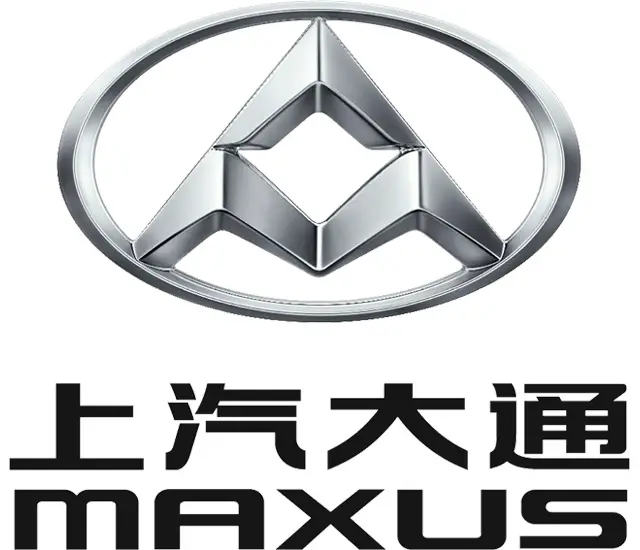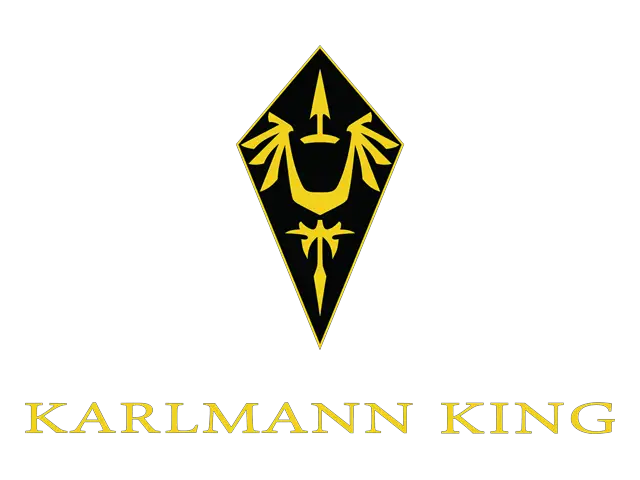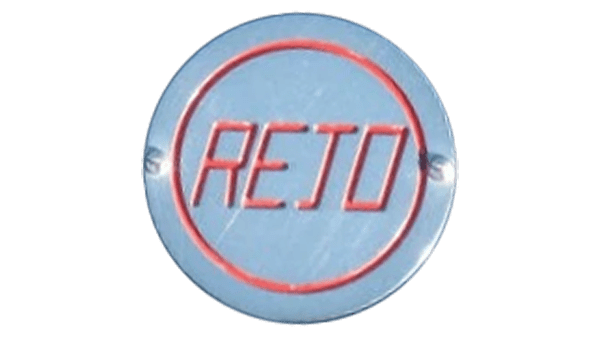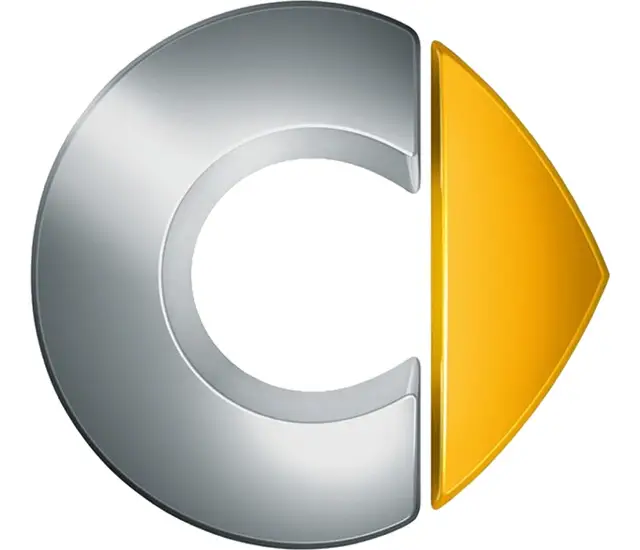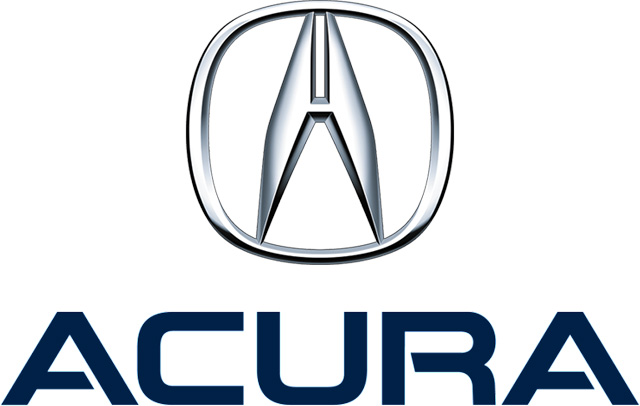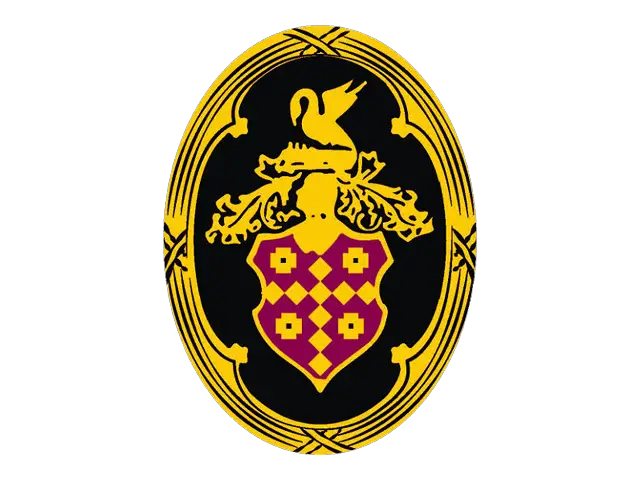yamaha Logo - History, Design, and Meaning

Company Overview
Yamaha engines are produced by Yamaha Motor Company, a specialized division of the broader Yamaha Corporation, focused on manufacturing engines for a wide array of applications, from motorcycles and scooters to ATVs and boats, all designed with the precision and quality that characterize Yamaha's world-class products.
Key Information
- Founded: 1955
- Founder(s): Genichi Kawakami
- Headquarters: Iwata, Shizuoka, Japan
yamaha Logo Meaning and History

The name of the brand, Yamaha, can be translated from Japanese as 'mountain blade,' reflecting the samurais' legacy. The company's visual identity has always been a celebration of Japanese heritage and symbolism.
For the first decade after the company's foundation, Yamaha Motors didn't have a complete logo and used the Yamaha Corporation symbol, created at the beginning of the twentieth century, which is still the basis of the brand's visual identity.
When did Yamaha change its name?
Yamaha underwent a name change from Nippon Gakki to Yamaha Corporation in 1987, a move that reflected its expanding range beyond musical instruments into a variety of sectors, including motorbikes and electronics, underlining its evolution into a global brand.

The official Yamaha logo was designed in 1967 and featured a wordmark with an iconic symbol on its left. The logo is executed in a monochrome palette, where black is the main color. The wordmark is written in all capital letters, using a strong sans-serif typeface with strict clear lines.

In 1980, the brand decided to lighten the emblem and switched the colors of the image and the background. The logo looked more balanced and fresh. The wordmark's lines were refined, and the lettering became more elegant in this version.

In 1987, the brand used a single wordmark for its logo. Yamaha removed the emblem to achieve a more minimalist and modern look, a concept that stayed with the company for more than ten years. However, the rich history and heritage returned as the main value in 1998.

The redesign of the Yamaha logo in 1998 brought back the iconic symbol and added color to the brand's visual identity. The monochrome palette was replaced by red and white, symbolizing the passion and energy of the powerful company.
The wordmark, executed in a neat and confident typeface similar to Swiss 911 Extra Compressed, features narrowed and bold lettering, which looks remarkable in the new red color.

What does the Yamaha logo mean?
The logo of the company Yamaha, known for its tuning fork mark, symbolizes rhythm and harmony, reflecting the company's commitment to creating world-class products, including musical instruments and more, with a design that incorporates simple lines and vectors to convey its foundational values.

The main element of the Yamaha visual identity is its symbol, which has been the central figure of the company's emblem since its establishment. The emblem depicts three crossed tuning forks enclosed in a circular frame.
This iconic image symbolizes the three main aspects of the company's development: technology, production, and sales. It appeared when the company felt capable of changing its attitude toward business and implementing a new approach. The motto of Yamaha has always been based on the alliance of three: Production + technology + marketing.
Is Yamaha Motors and Yamaha Music the same?
Yamaha Motors and Yamaha Music originated from the same Japanese multinational corporation but have since evolved into separate entities. The former focuses on manufacturing world-class products like motorcycles, scooters, and ATVs, while the latter is renowned for its musical instruments, including pianos and guitars, both embodying the ethos of innovation and quality established by Torakusu Yamaha.
Today, the company also provides another explanation of the three tuning forks: Customer, Society, Person.
Depending on the product of the brand, the frame can use single or double contouring.
Another difference in the symbols is that Yamaha Corporation has three tuning forks inscribed into a circle, while Yamaha Motor Company has the tuning forks crossing the circle, or at least the internal one.
